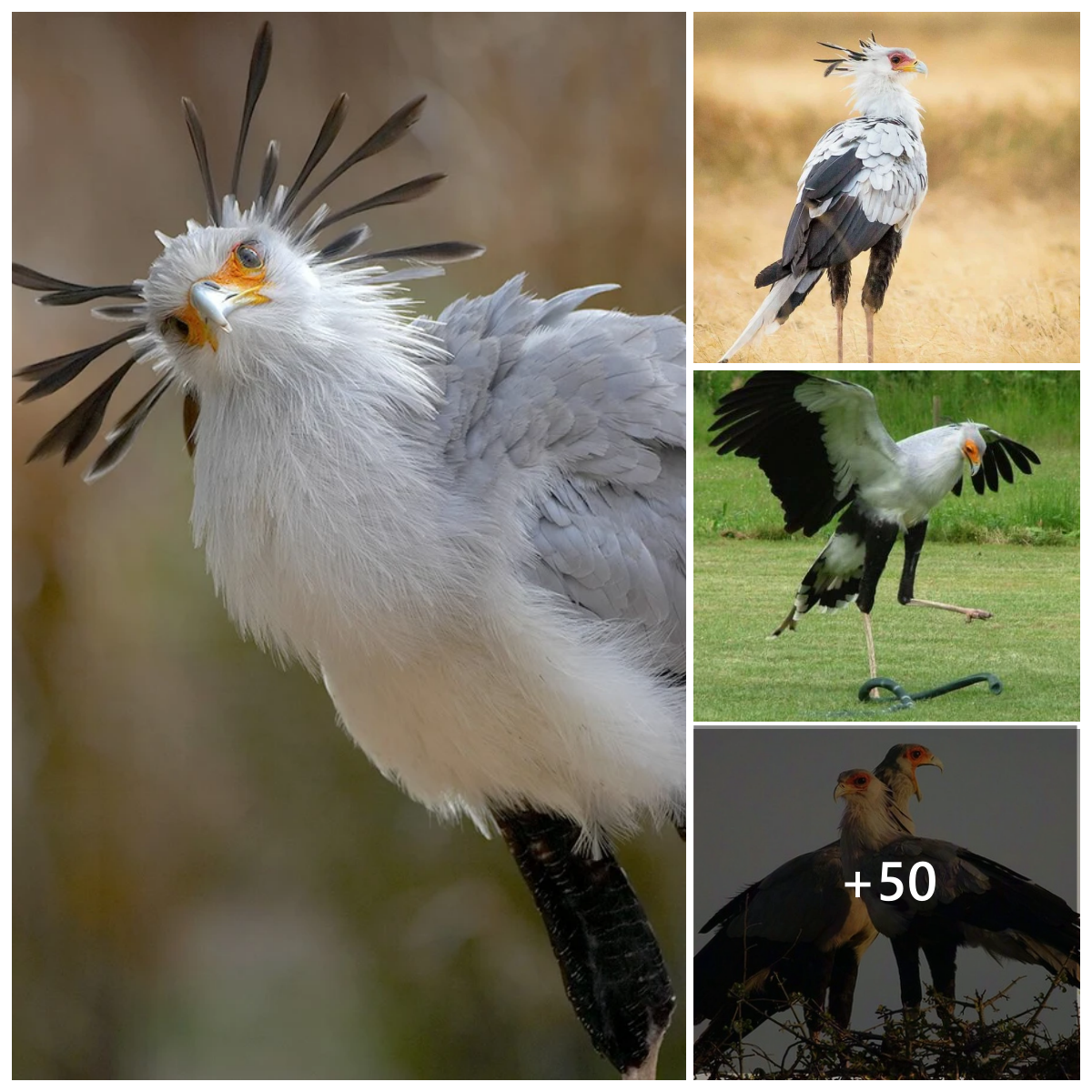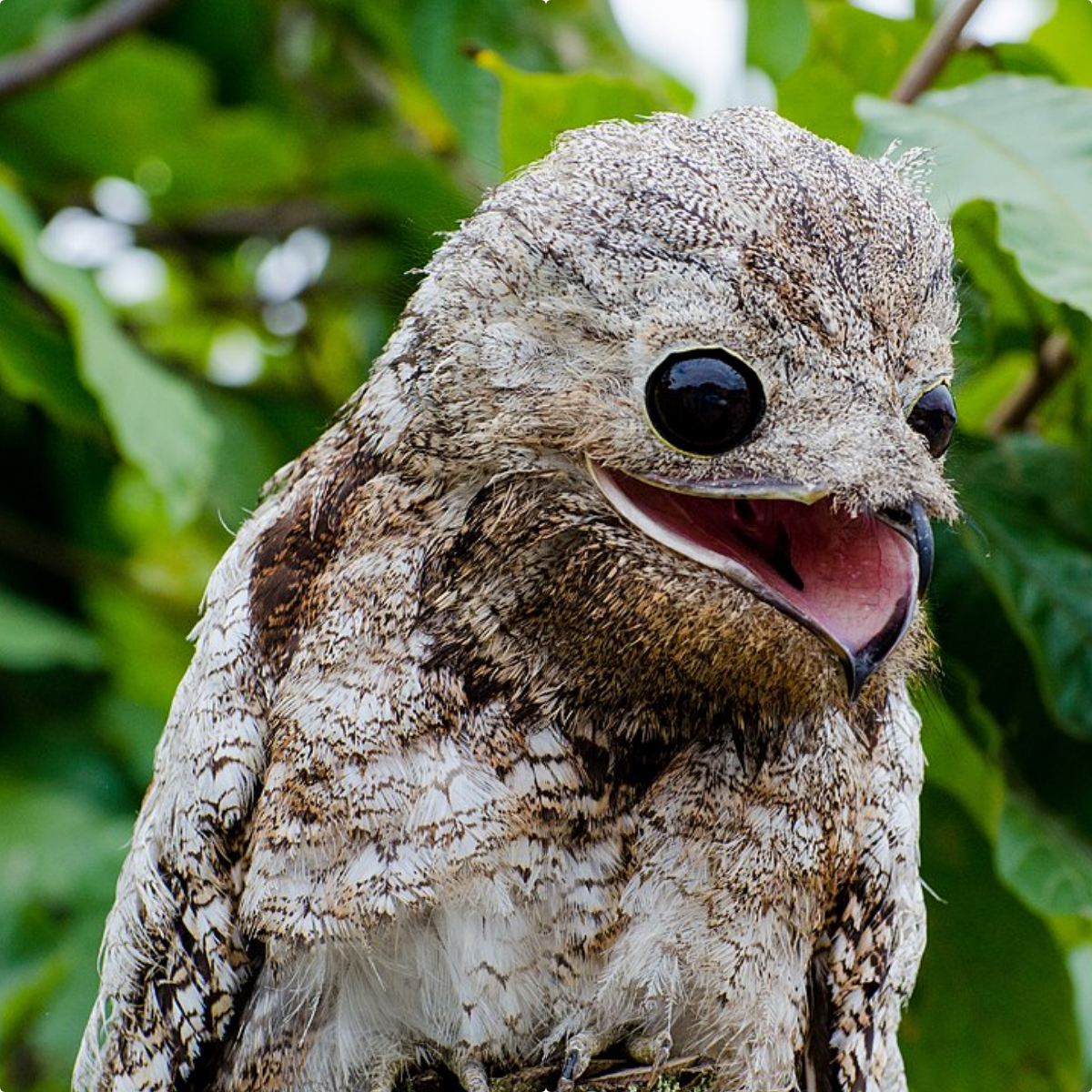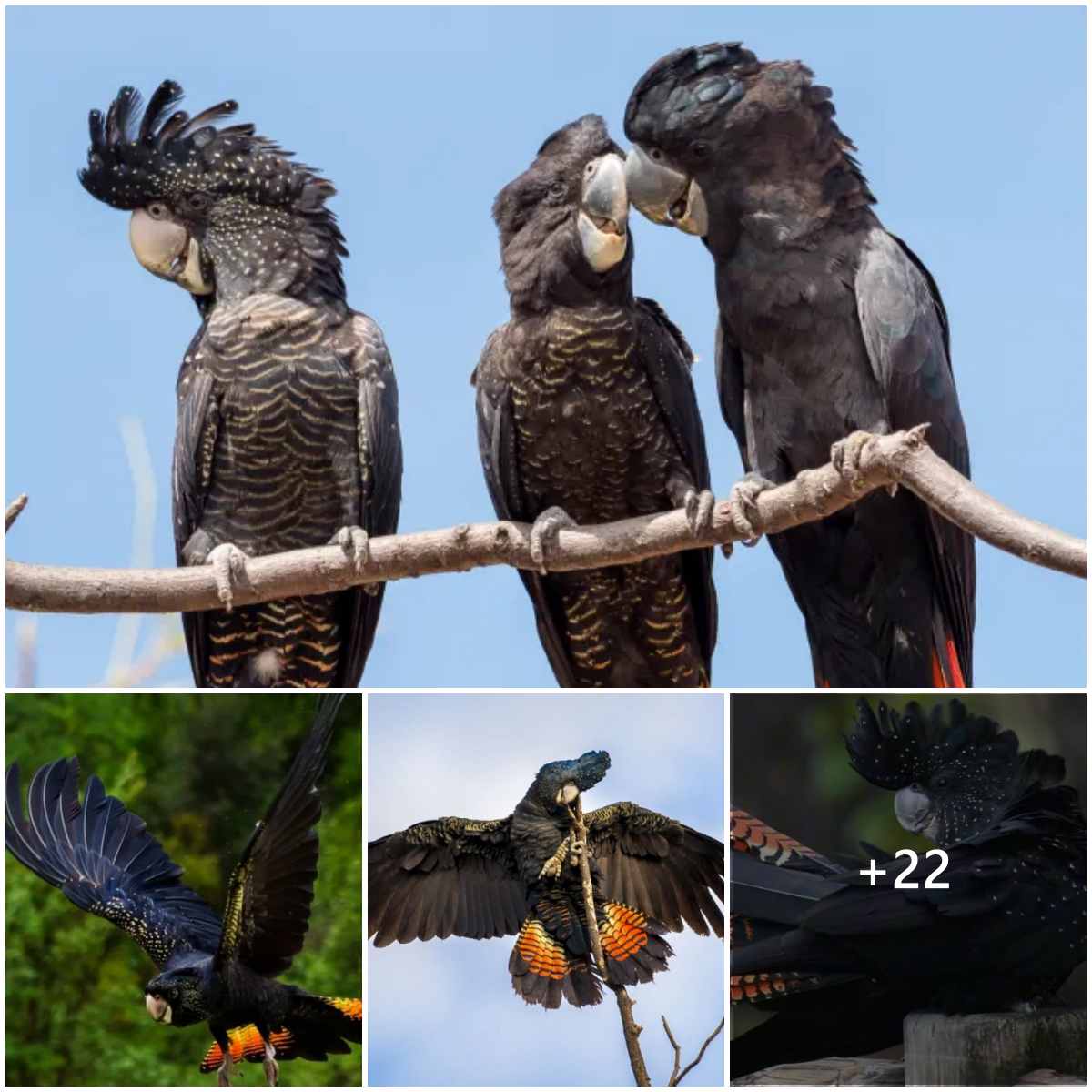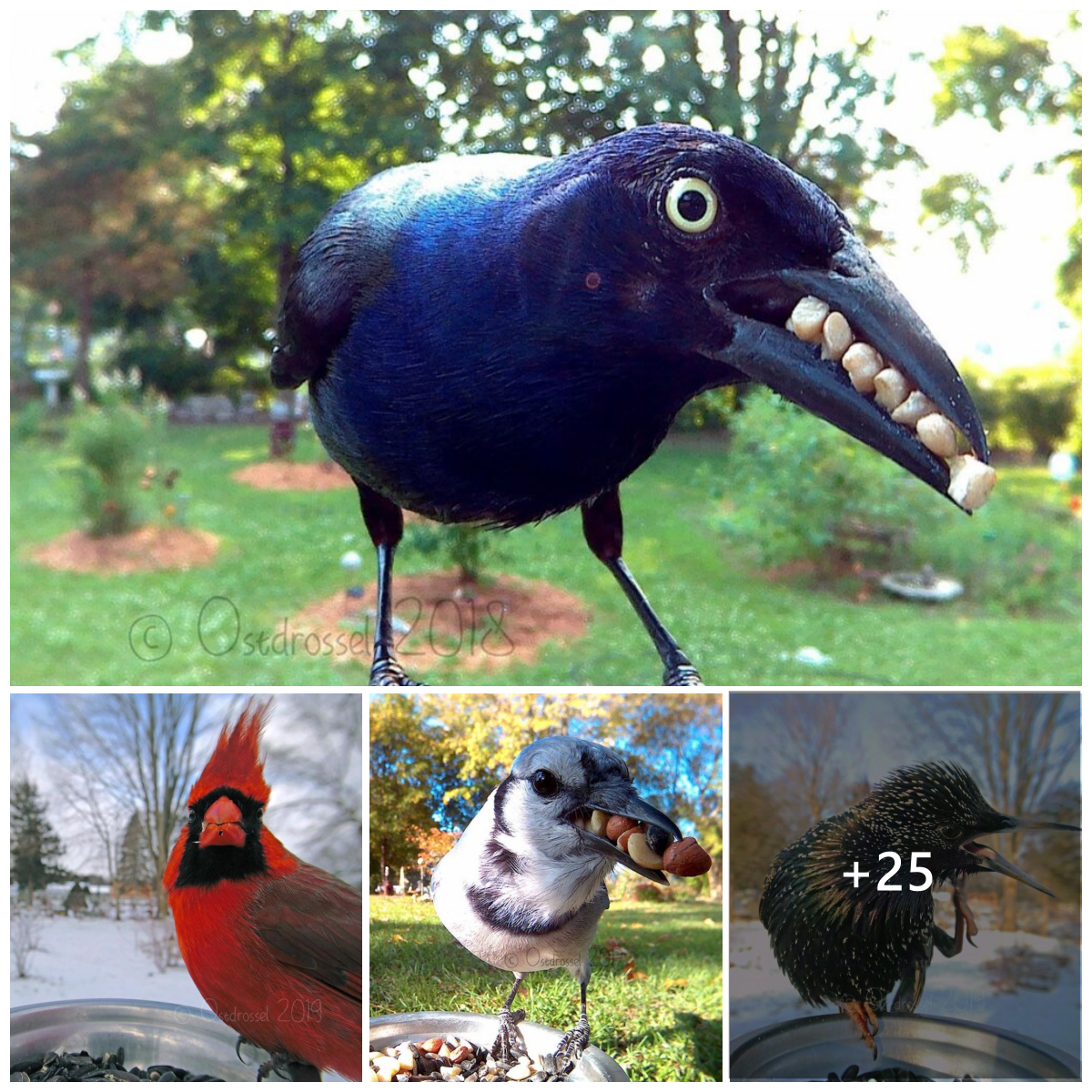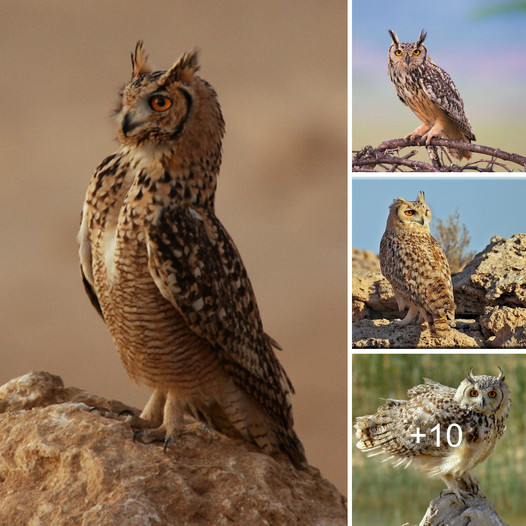Unlike most herons the black-crowned night heron is stocky with a short neck and legs. The adult has a black back and cap or crown with pale grey wings and white underparts. The forehead is white which extends in a thin white bar over the top of the eye in contrast to the deep red iris. From the back of the head a number of thin white plumes emerge which stand proud during courtship rituals but otherwise lay flat down the bird’s back. The bill, which is short and thick, is black and the legs yellow, changing to a pinkish red during the breeding season. Males and females are identical apart from the female being generally smaller in overall size. Juvenile birds are predominantly brown over all with a darker shade to the upperparts and upperwings with pale spots and a lighter beige, streaked white, chest and underparts. The bill is a pale yellow along the sides and the iris of the eye orange.
Black-crowned Night Heron with fish
The voice of the black-crowned night heron is a deep, short, guttural croak similar to, ‘woc – woc’ or ‘kwok – kwok – kwok’.
Black-crowned Night Heron with spread wings

What does a Black-crowned Night Heron eat?
The preferred diet is fish but also, dependent upon habitat, squid, crustaceans, large insects, frogs, snakes and rodents, all of which are captured near the water’s edge mostly during the night.
For more information on what herons eat, check out this article.
Juvenile Black-crowned Night Heron
Distribution
Black-crowned night herons can be found in North and South America, Central Europe, sub-Saharan and East Africa and Central and Southern Asia. There are four sub-species which have defined habitats as follows:
Black-crowned Night-Heron (American) – Nycticorax nycticorax hoactli
Migratory across large areas of southern Canada, northern and central United States they are residents of the Hawaiian Islands, southern United States through central and south America to northern Chile and as far south as the Patagonia region of Argentina.

Black-crowned Night-Heron (Eurasian) – Nycticorax nycticorax nycticorax
Often overwintering south of their breeding range this sub-species can be found across central and southern Europe and from north Africa eastwards through central, south and eastern Asia, taking in Madagascar, Indonesia, the Philippines, China, Taiwan and Japan.
Black-crowned Night-Heron (Dusky) – Nycticorax nycticorax obscurus
This sub-species is resident throughout the year from southern Peru and the Atacama region of northern Chile bordered by the Pacific, through northern Argentina and south to the continent’s tip at Tierra del Fuego, an archipelago separated from the mainland by the Strait of Magellan.

Black-crowned Night-Heron (Falklands) – Nycticorax nycticorax falklandicus
Restricted solely to the Falkland Islands archipelago in the South Atlantic, located approximately 300 miles from Patagonia’s east coast.
Black-crowned Night Heron in flight
Signs and Spotting tips
Although mainly a night feeder these birds can often be seen standing or perching motionless on the edge of water or wading in a slow hunched, stooped, strutting movement. They breed and roost in flocks and during the day will sit in a tree or bush close to the water’s edge not moving at all. Due to their high dependence on fish as the main diet staple they choose wet or marshy areas of brackish, salt or fresh water including mangrove swamps, lakes, ponds, paddy fields, reedbeds, rivers and tidal flats. They are easily distinguishable from other herons who, in the main, have long necks and legs, slim bodies and long thin beaks.
A pair of Black-crowned Night Heron courtship

Breeding
Due to the widespread geographical range of the black-crowned night heron breeding can take place in almost every month climate allowing, but within temperate zones is generally in the spring and early summer. Birds often breed in colonies frequently choosing isolated islands in the middle of lakes or reservoirs where nests are built at ground level or alternatively off the ground in trees or bushes. The male normally chooses a nesting site and starts to construct a nest which is completed by the female who is furnished with the necessary materials by the scavenging male. One brood averaging 3 – 5 pale greenish blue eggs is laid annually and incubated for up to twenty six days with both parents taking turns. Chicks fledge approximately six weeks from hatching.
Nest of a Black-crowned Night Heron with young chicks

Black-crowned Night Heron feeding young bird

How long do Black-crowned Night Herons live for?

The average life expectancy is between ten to fifteen years although twenty years is not unusual.

